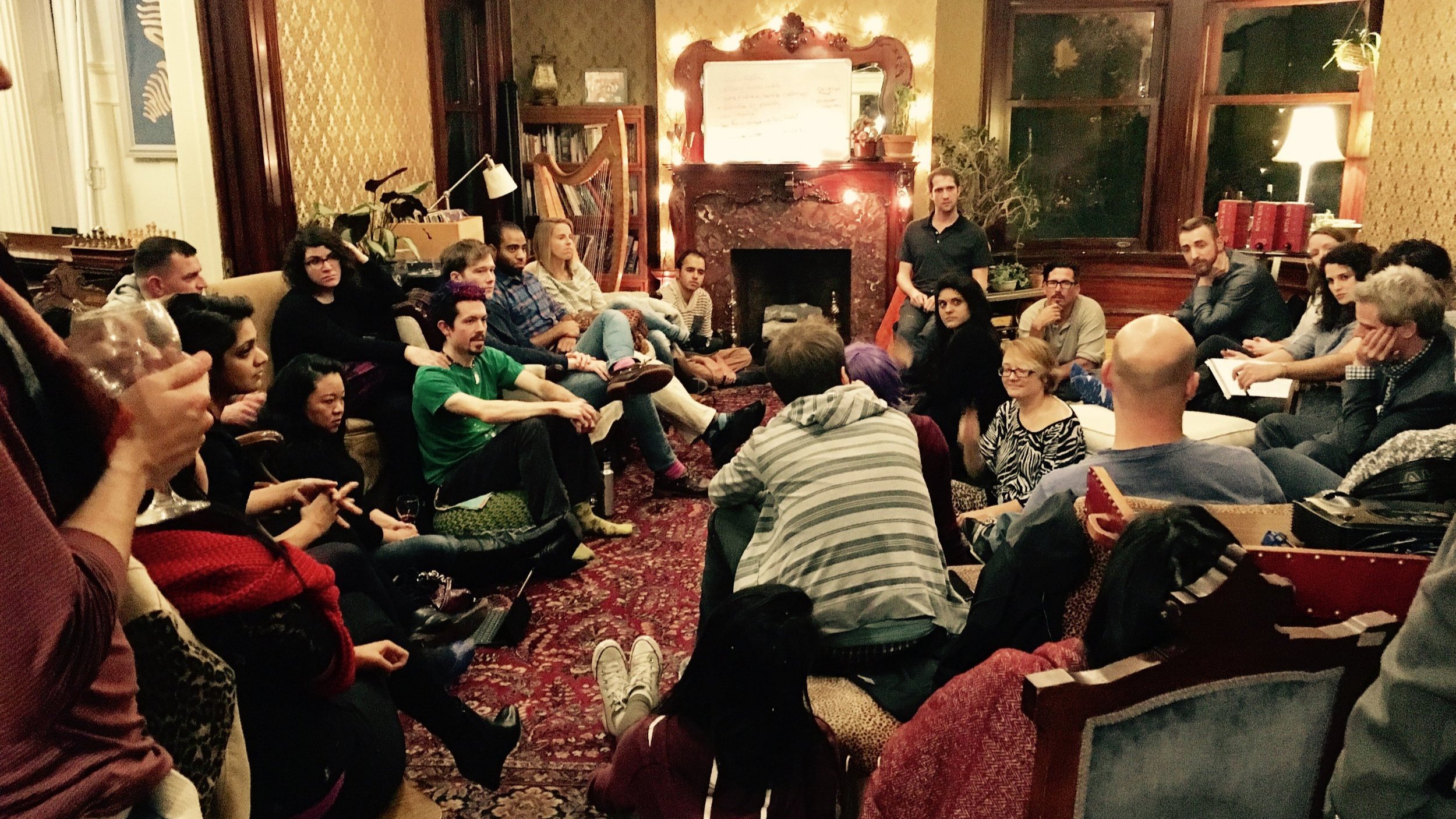Summary
An eight month long residential experiment whereby 14 people opted to live under four different governance structures. External individuals were brought in to implement a range of measures to assess Satisfaction, Productivity, House Function and Hours contributed to the Community. Surveys were created and administered to all community residents in order to collect baseline data, these were repeated weekly.
Rationale
Community governance refers to the processing for making all the decisions and plans that affect and govern life. For community governance to be effective, it must be about more than simply process, we believe it must also be about getting things done in the community. How do different governance structures impact how the individuals in the community feel, and how a community functions as a whole. Different types of governance can impact cohesion, participation, trust and cooperation.
Goal 1. Test governance structures for a) this community b) other communities that we know and c) other communities in general
Goal 2. To learn something about the process of social experimentation
Goal 3. To push our own boundaries to learn something new about governance
Findings
We found that all our measures (Productivity, Satisfaction, House function & Hours contributed), were highly correlated with each other, irrespective of governance system, which is perhaps unsurprising. We found that governance structure had a significant impact on Productivity, Satisfaction and House function, but not on the number of hours spent on the house. This last point is interesting in view of the first finding, that measures are correlated in general. This suggests that governance structure has selective effects and this is what the data shows also.
